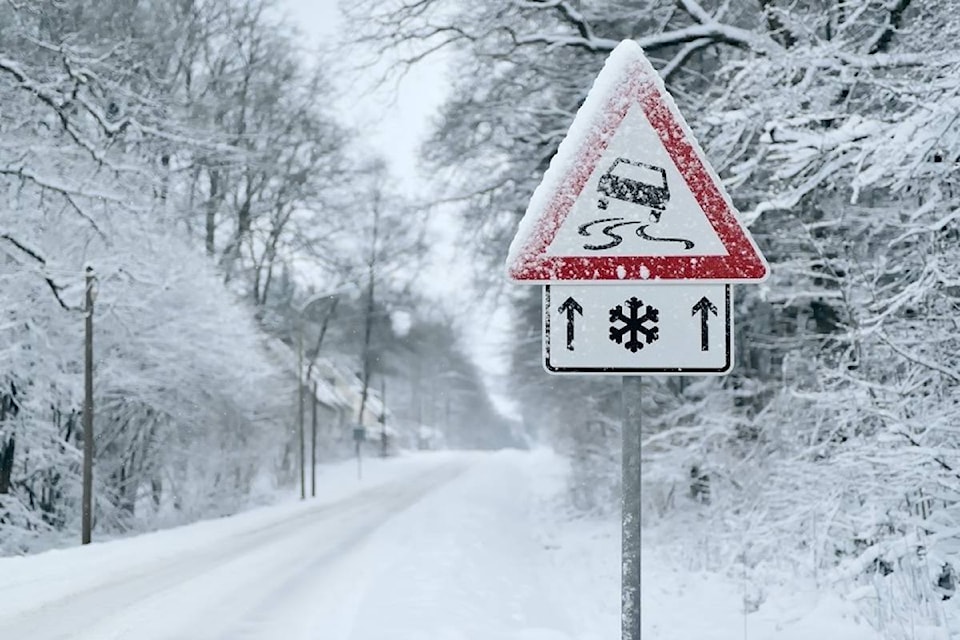“If roads are in such a condition that a motor car cannot safely proceed at all, it is the duty of the driver to stop. If the roads are in such a condition that it is not safe to go at more than a foot pace, his duty is to proceed at a foot pace.”
Those common sense words are as true today as when they became a legal precedent in 1941.
And they are consistent with the “Careless driving prohibited” section of British Columbia’s Motor Vehicle Act that prohibits driving “at a speed that is excessive relative to the road, traffic, visibility or weather conditions”.
If it’s such common sense, why is it our instinct to blame icy roads instead of those who overdrive them?
It’s an instinct reinforced by news media. Here’s a recent headline:
“Icy roads cause several accidents across Kelowna”.
It’s true that the crashes would not have occurred absent the icy road conditions. But is that logic as misguided as blaming the lake if someone drowns?
A deadly weekend in Manitoba led the RCMP to issue reminders to Manitoba drivers. Cpl. Julie Courchaine reportedly shared two safety tips within the last week.
One: “The RCMP reminds motorists that with the recent fluctuating temperatures a thin layer of ice often forms on the highways due to melting during the day and re-freezing after sunset”
The other: “Drivers need to remember to drive appropriately for the road conditions. Often this requires driving at less than the speed limit. Stopping distances are drastically increased on icy roads whereas stopping distance on dry new pavement at 100 km can be as short as 50 metres. That same vehicle travelling at 100 km/h on icy roads may require up to 390 metres to stop. By reducing your speed to 70 km/h you can cut that stopping distance in half.”
Do we really need reminders about how ice forms, and that it’s slippery?
I guess we do.
I am going to add one that’s not quite as obvious, but close. Please expect changing road conditions.
Road surface traction can change dramatically simply on turning a corner from one roadway to another. In the Okanagan where winter temperatures often hover around the freezing point, surfaces can become slippery over the course of a commute. High mountain passes are particularly susceptible to dramatically changed road surface conditions.
If we maintain constant vigilance, test traction any time we are uncertain and adjust our speed according to conditions, we can avoid hurting ourselves and others.
Let’s please stop blaming one of the most naturally occurring substances in our Canadian winters. And instead realize that it is within our power to learn how to drive just like it’s within our power to learn how to swim.
